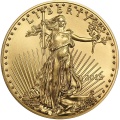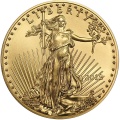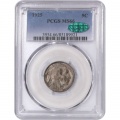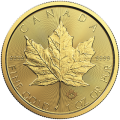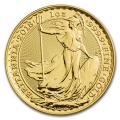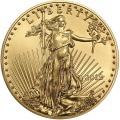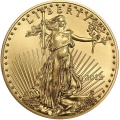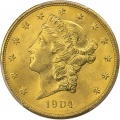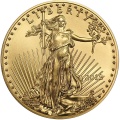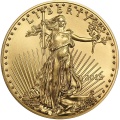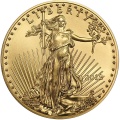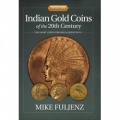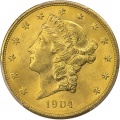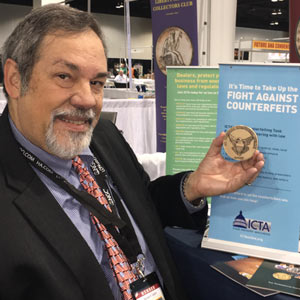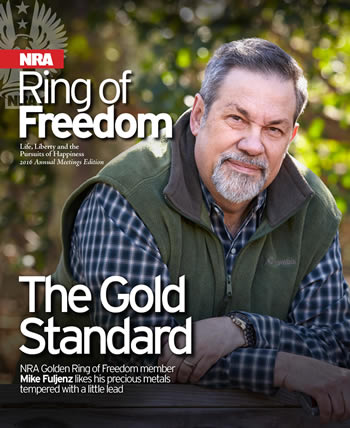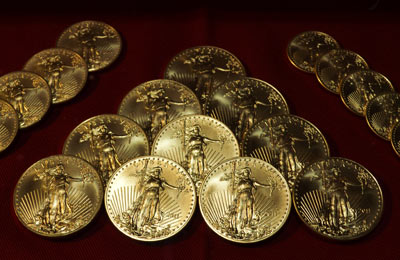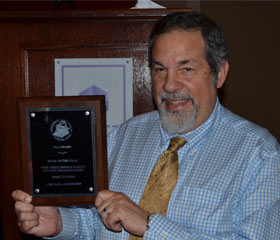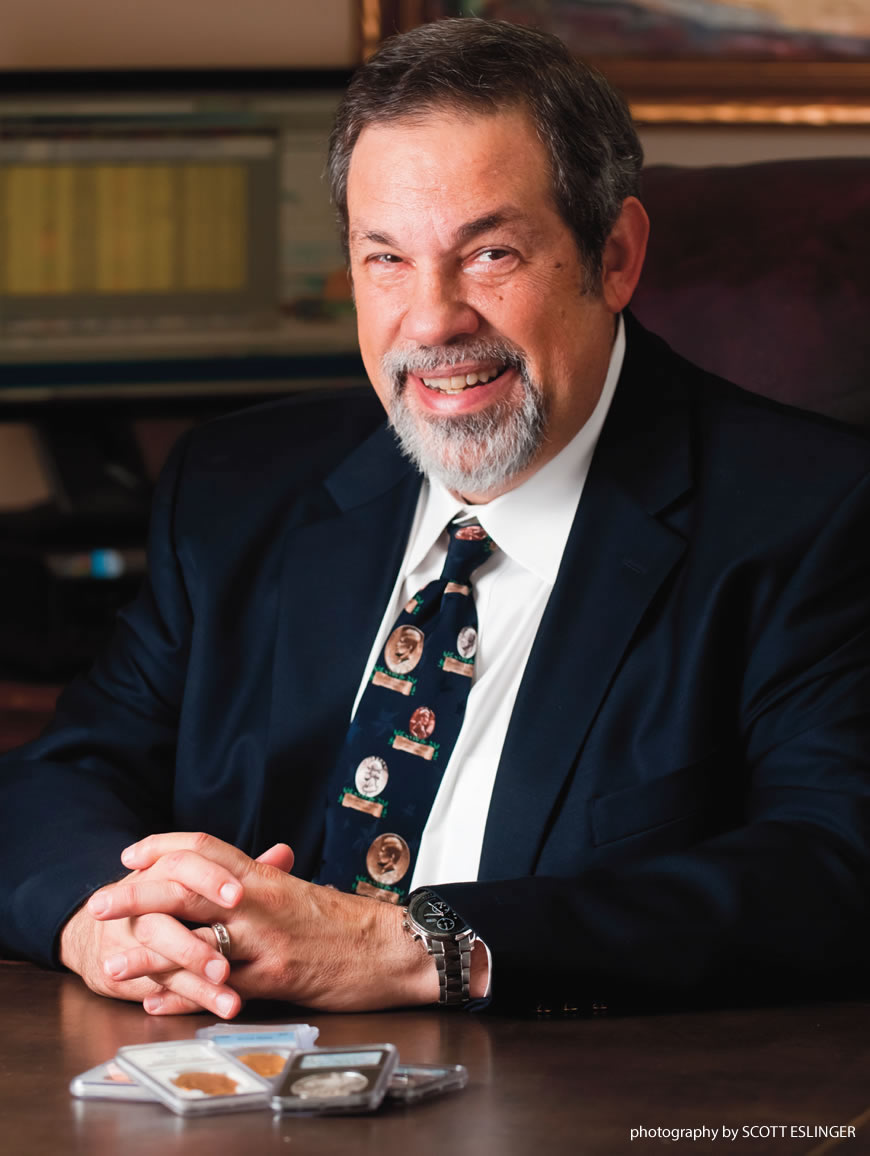March 2020 - Week 5 Edition
Silver Demand is Pushing Premiums Much Higher, Delaying Deliveries
Last week, silver prices rose 20% and the premiums on silver products are pushing costs much higher. Delays in deliveries from the U.S. Mint and private mints have pushed deliveries to customers beyond 30 days in some cases, while the premiums (over spot prices) which the mints’ representatives charge dealers have increased, so dealers must pass those premiums along to customers. Some reputable dealers are now selling Eagles at double spot, and some private mints have raised prices and premiums on silver rounds.
Gold is more tied to investment demand right now than silver, and the premiums are narrower on gold. There are longer waits and higher premiums on silver. Many dealers are running out of American Silver Eagle bullion coins, and the U.S. Mint is temporarily incapable of fully resupplying them, in some cases.
The U.S. Mint announced on Thursday, March 12th a hiatus on silver Eagle sales after sales jumped by 1.57 million pieces in one week, boosting their 12-day total to 2,320,000 ounces — the highest for any month of March since 2016. That was four times as much as the total 650,000 ounces sold in the full month of February. It also amounted to nearly three times as much silver as they sold last March (850,000 ounces).
Gold Rose $150
Gold rose $150 last week – its biggest rally since 2008 – but then it settled back to $1,615 in what has seemed like a wild roller-coaster ride, much like the stock market’s gyrations, but as we near the end of the first quarter, gold is up about 7% in the first quarter vs. a 20% decline for the stock market. At the end of last week, the most-active (June) gold futures contract rose 11% for the week, settling at $1,654/ounce. Silver enjoyed an even more dramatic 20% gain last week, from $12 on March 19 to $14.42 on March 26.
Former Gold Bear Turns Bullish, Predicting Gold Will Double to $3,300!
A couple of years ago, a commodity and currency analyst bet my friend Gary Alexander that gold would go below $1,000 and Gary won that bet – two years in a row. Now, that analyst has turned bullish and is predicting gold will double from here – to $3,300 per ounce (“The Economic and Monetary Conditions are Perfect for Gold,” by Ivan Martchev, MarketWatch, March 30). He shows a dramatic chart of gold bullion rising to an all-time high relative to the CRB Commodity Index. The chart shows gold rising from 1.15 (to the CRB Index) in 2001 to a record high 13.07 recently – a gain of over 1,000% in 19 years.
He compares the current coronavirus crisis to the 2008-09 financial crisis, which propelled gold to an all-time high in 2011, saying, “We have a similar environment at the moment. Interest rates have been dropped to zero at the fed funds rate level, and the federal deficit will be larger than 10% of GDP (larger than after the 2008 crisis) due to the $2 trillion bailout. Record deficit spending and the Federal Reserve’s quantitative easing (QE) with no preset limits is the perfect environment for gold bullion….
“With record deficit spending and interest rates at zero, we may be faced with an environment where the Fed will keep interest rates below the level of inflation for some time until the economy normalizes after the outbreak is controlled. This would be the perfect environment for gold bullion.”
We don’t know if $3,300 gold is possible within two years, but Gary and I would not bet against it.
Low Population Rare Coins are Coming on the Market Now - We Have Precious Few: Grab Them While You Can
Despite the volatility in many markets, a few remarkable rare coin collections are coming on the market now, with superb selections I haven’t seen in years. Starting at the high end, this month alone a historic PCGS 1804 Dollar Proof-55 sold for $1,440,000, and a finest-known PCGS 1854-S $5 AU58+ CAC sold for $1,920,000 for a total of $3,360,000. Experts had estimated the two coins would sell for only $2,700,000.
On the more affordable numismatic level, items like a tied-for-finest-known PCGS 1925 Norse-American Centennial thick medal MS-67 CAC sold for over five times what experts estimated to be its value at $12,600. This piece is often collected as part of the popular classic commemorative half-dollar sets.
When coins are offered that fit all the criteria for excellence – they are historic, are finest known or tied for finest known, or only have a few better. Typically, they sell fast and for strong prices, especially if they have an extra wow factor, like original toning, cameo devices or intense luster. For instance, a rarely traded beautiful PCGS 1908-D $10 Indian Motto MS-68 CAC tied for finest-known, sold for $204,000.
If an important rare coin has not been seen on the market in over a year, that often intensifies the demand and raises the price for it. Right now, a precious few coins that are the finest known or the best I have seen in months or years are coming on the market.
An older colleague of mine once wrote about his experiences in buying rarities. He used an analogy about fast rabbits and dead rabbits, like you might encounter on the road. He bemoaned not initially buying a coin, when offered a historic rarity. He said he would “think about it” and returned later that day to buy it, only to find that it had sold. Whenever you have the opportunity to buy a special low population coin that is not often seen, consider the wise words of my friend. Make a decision beforehand to be a fast rabbit, not a dead rabbit. Ask our representatives about the relatively few special rabbits (rare coins) we now have in stock. All of these special coins are hand selected by Dr. Mike Fuljenz, America’s Gold Expert™.
Some Journalists Can’t do Simple Math on Coronavirus Reporting
Some journalists can’t master simple math when reporting on the coronavirus crisis. Here are two examples:
Example 1: When opening Fox News Sunday yesterday, host Chris Wallace said: “The United States is now the epicenter of the coronavirus crisis, with more cases than any other nation.” Nearly all networks focused almost 100% on U.S. cases, while Europe has almost 10 times as many deaths and over twice as many cases. Just taking the five biggest nations in Europe (Germany, France, Italy, Spain and the United Kingdom), population totals are identical (325 million), yet Europe’s top five nations suffered 22,000 virus deaths and over 300,000 cases as of Sunday night vs. 2,500 deaths and 143,000 cases in the U.S.
Taking the two worst nations – Italy and Spain – they have 107 million people and 17,582 COVID-19 deaths as of Sunday night (1 death per 6,100 people) vs. America with 327 million people and 2,514 deaths (1 in 130,000). The per capita death rate is 21 times higher in Spain and Italy than in the U.S. So please tell me why the U.S. is the “epicenter” of the global coronavirus crisis and not socialist Europe.
Example 2 involves simple fractions. Some journalists divide the death toll by the total cases to compute a “death rate” as high as 4%, but the denominator does not match the numerator. The number of coronavirus cases is unknown, but it is certainly much higher than the number of known cases. If the stated number of known cases is 150,000, the real number could be two million or 10 million, making the 2,500 deaths an irrelevant numerator when computing the “death rate.” In fact, the death rate will not be known with any accuracy until long after the virus has run through the population. There is also the more vital fact of how few people contract the disease when exposed to the virus, called the “prevalence” rate.
Many years ago, I tutored college athletes in algebra and statistics in helping them brush up on their math. It pays to brush off your 6th grade math and some 8th grade algebra when watching the nightly news.
Important Disclosure Notification: All statements, opinions, pricing, and ideas herein are believed to be reliable, truthful and accurate to the best of the Publisher's knowledge at this time. They are not guaranteed in any way by anybody and are subject to change over time. The Publisher disclaims and is not liable for any claims or losses which may be incurred by third parties while relying on information published herein. Individuals should not look at this publication as giving finance or investment advice or information for their individual suitability. All readers are advised to independently verify all representations made herein or by its representatives for your individual suitability before making your investment or collecting decisions. Arbitration: This company strives to handle customer complaint issues directly with customer in an expeditious manner. In the event an amicable resolution cannot be reached, you agree to accept binding arbitration. Any dispute, controversy, claim or disagreement arising out of or relating to transactions between you and this company shall be resolved by binding arbitration pursuant to the Federal Arbitration Act and conducted in Beaumont, Jefferson County, Texas. It is understood that the parties waive any right to a jury trial. Judgment upon the award rendered by the Arbitrator may be entered in any court having jurisdiction thereof. Reproduction or quotation of this newsletter is prohibited without written permission of the Publisher.

